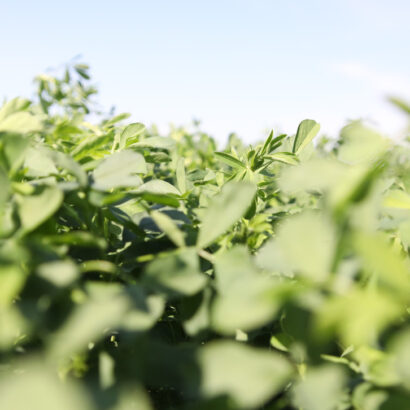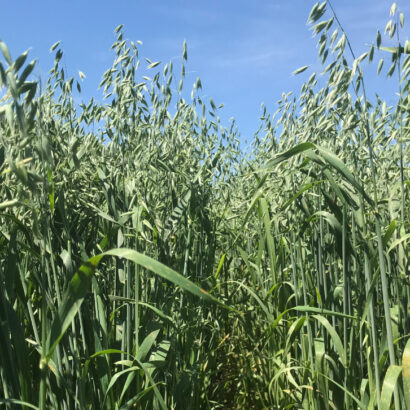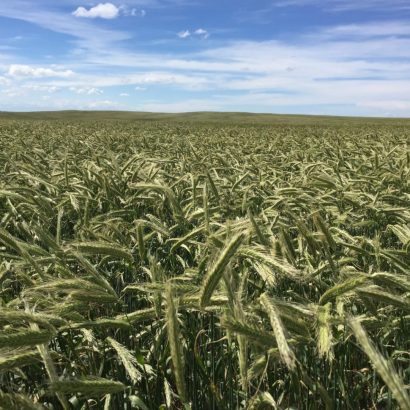One of the most rewarding harvests for livestock producers is silage harvest. It is a fulfilling feeling knowing you’ve got a year’s worth of feed put up in the bunker, and a great sense of security comes with that. It does, however, seem that whenever a field is open, many jobs follow. Manure harvest, maybe a little fencing, and even re-planting.
Fall plantings of winter forages are becoming ever popular on silage acres. These barron compacted soils do need a little TLC and a winter cereal can boost its appearance. Along with holding the soil from wind erosion, more importantly, it’ll grow feed! The top choice here for silage or baleage next spring has been cereal rye. This choice is the most winter hardy and the fastest to harvest. It would also be the best choice if your goal was to provide supplemental grazing. The recommendation for making hay would be forage winter wheat. This plant is awnless and leafier and will provide a much longer harvest window to ensure quality hay is baled. Winter Triticale is a versatile, drought tolerant plant that yields excellent silage or hay. It too should be considered for a fall planted forage, especially in geographies that don’t appreciate rye being utilized.
Fast forward to next May/June when the winter annual forage is harvested, and just like after corn silage harvest, you’ll get another opportunity to plant more feed. Here too your options are vast, but I want to focus on a new product called OptiHarv that fits in nicely. OptiHarv is all about hedging conditions to ensure success. It is a blend of nine species of both warm and cool season grasses, legumes, and brassicas. Pearl millet, forage barley, German millet, forage pea, mung bean, cow pea, winfred brassica, hunter brassica, and balansa clover make up the blend. The intention is to create a high-quality feed product that boosts protein, digestibility and palatability, and does so in multiple harvests.
The first field of OptiHarv was planted this year. It was planted June 1st after cereal rye was harvested and then sprayed. The OptiHarv was put up as baleage August 10th and then grazed October 1st. The baleage was tested with a crude protein level of 14.6 and a Relative Feed Value of 110. The regrowth that was grazed in October is a nice nutritional boost to lactating cows with heavy calves.
The plant diversity of the mix also allows the blend to be used as a cover crop or annual forage mix if you are enrolled in an NRCS or carbon program. The other benefit from the species diversity is the field can be rotated back to corn to be utilized for silage. Prioritizing acres close to home can be a logistical challenge for silage, but this rotation helps solve this.
Creating more options within your farm and forage plans is always the goal. I think these annual forages that have flexibility of use and provide your fields diversity of species are a great hedge for long-term resiliency.




Discussion
0 Comments